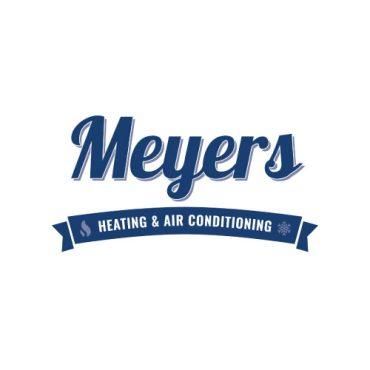-
 play_arrow
play_arrow
School Districts Explore Transition To Electric School Buses Luis Licon
Each year school buses across the country emit 3000 tons of cancer-causing-soot and more than 95,000 tons of smog compound. According to a report from Jared Polis’s office, the transportation sector is a large contributor to greenhouse gas pollution in Colorado. One school district in the Denver metro area is taking the initiative to update and replace its fleet of school buses.
According to your report, DPS plans to use one electric school bus for the upcoming 2022-2023 school year, but Albert says the district plans to add more to its fleet once it starts retiring old diesel buses. Recently, the state legislator and lawmakers have raised $65 million in grant money to help school districts convert old buses into electric vehicles. But $65 million won’t be enough to convert school districts’ busses, but districts have an opportunity to tap into federal funds. The EPAs Clean School Bus Program has $5 billion in funding to support the clean energy transition to school districts across the country.
With the transition, there are some benefits that the school district is expecting to get from their investment. One of them is the cost of maintenance for school buses. It is estimated that operating and maintaining a school bus costs about $38,000 annually. Another benefit that the investment could bring is the health of students. Recently, Roberto Madrid, a clean transportation and energy policy advocate for GreenLatinos in Colorado, told the Colorado Sun that prolonged exposure to diesel fumes could lead to chronic respiratory diseases like asthma and cancer. With technology developing and improving over time, there will be a time when school districts will need to adapt and find ways to innovate.




















